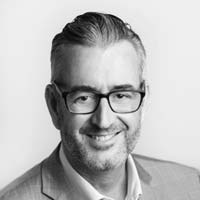Question
How does shockwave therapy work, and what are the differences between radial and focused shockwave therapy?
Answer
Shockwave therapy is a non-invasive treatment that uses high-energy sound waves to promote healing and reduce pain in musculoskeletal tissues. It works through two primary mechanisms: mechanotransduction, which converts mechanical forces into biochemical signals that stimulate blood flow, collagen production, and tissue regeneration, and cavitation, which involves the formation and collapse of microbubbles within the tissue, enhancing cellular activity and accelerating the healing process.
Shockwave therapy also reduces pain through neural desensitization and the modulation of pain-signaling neurotransmitters like substance P. The rapid pulses create a temporary noxious stimulus, leading to a depletion of substance P and activation of descending inhibitory pain pathways, which reduces discomfort. This combination of healing and pain relief makes shockwave therapy particularly effective for chronic tendinopathies, plantar fasciitis, and myofascial pain.
Two primary types of shockwave therapy exist: focused shockwave therapy (FSW) and radial pressure wave (RPW) therapy. Focused shockwave therapy generates a high-intensity wave that reaches peak energy at a specific depth below the skin, making it ideal for treating deep tissue conditions such as calcific tendinopathy. In contrast, RPW therapy produces a more diffuse energy that is strongest at the skin’s surface and gradually dissipates as it penetrates, making it well-suited for treating superficial conditions like myofascial trigger points. Despite these differences, research indicates that both modalities yield similar clinical outcomes for musculoskeletal conditions when dosed appropriately.
This Ask the Expert is an edited excerpt from the course "An Overview of Shockwave Technologies: Treatment Guidelines, Indications, and Contraindications," presented by Mark Callanen, PT, DPT, OCS.
